The Foraminiferida are an important group of single celled protozoa. There are an estimated 8,000 species living in the world’s oceans today, among the sea floor and the marine plankton and comprise over 55% of Arctic biomass and over 90% of deep sea biomass.
The first ocurrence of forams is from the Early Cambrian and the range extend to the present day. A recent study suggest that the rise of the forams coincides with the demise of stromatolites. Those earliest forms had organic test walls or simple agglutinated tubes and were benthics.
The Order Foraminiferida (informally foraminifera) possesses a shell (test) of different composition, and granuloreticulose pseudopodia (extensions of ectoplasm with grains o tiny particles of various composition).
At the cellular level, the cytoplasm is differentiated into an outer layer of clear ectoplasm and an inner layer of darker endoplasm. The ectoplasm forms a mobile film around the test with numerous, granuloreticulose pseudopodia whose form is ever changing. The endoplasm often contains diatoms and dinoflagellates as symbionts.
Living species of foraminifera present various types of reproductive strategies, with alternation of sexual and asexual generation. The size range is from about 100 micrometers to almost 20 centimeters long. They also use a great variety of feeding mechanisms, as evidenced by the great variety of test morphologies that exhibit.
The test consists of one or multiple chambers interconnected by an opening, the foramen. The composition and structure of the test wall is very important for the classification of the group. There are three basic types of wall composition: organic, agglutinated and secreted calcium carbonate.
The suborder Allogromiina comprises all the organic-walled forms, composed by a proteinaceous mucopolysaccharide.
The suborder Textulariina encompasses forms with agglutinated tests composed of randomly accumulated grains or grains selected by specific gravity, shape or size.
Secreted test foraminifera are subdivided into three major groups. First, the suborder Fusulinina, with microgranular tests. Second, the suborder Miliolina with porcelaneous test.
In third place, the hyaline test may be of calcite (which encompasses the suborders Spirillinina, Globigerinina, Rotaliina), or aragonite (Involutinina, Robertinina).
The external surface of the test may bear spines, keels, rugae, granules or a reticulate sculpture.
The morphology of foraminifera tests varies enormously, but in terms of classification two features are important: chamber arrangement and aperture style. The tests of many primitive foraminifera are unilocular, although test form varies greatly. Unilocular tests may be globose, tubular, branched, radiated or irregular. And in the case of the chambers of multilocular forms they could be globular, tubular, compressed lunate and wedge-shaped.
In the Lower Palaeozoic, the tests were mainly agglutinated. By the late Devonian, septate periodic growth evolved and Foraminifera with hard test became more common. In the early Carboniferous first appeared the miliolids, followed in the Mesozoic by the appearance and radiation of the rotalinids and the textularinids. Also planktic forms appeared in the Mid Jurassic in the strata of the northern margin of Tethys and epicontinental basins of Europe. During the Palaeocene appeared the planktic globigerinids and globorotalids. The diversity of planktic forms has also generally declined since the end of the Cretaceous with brief increases during the warm climatic periods of the Eocene and Miocene.
In 1835, Dujardin recognised foraminifera as protozoa and shortly afterwards d’Orbigny produced the first classification. Early data on deep-sea benthic foraminifera (and on other deep-sea groups) were collected on the 1872-1876 Challenger Expedition and E. Hackel also included forams in his master work “Kunstformen der Natur”.
Foraminifera have been widely utilised for biostratigraphy. They also have a wide environmental range and changes in the composition of foraminiferal assemblages could be used to track changes in the circulation of water masses and in sea-water depth. They are particularly important in studies of Mesozoic to Quaternary climate history because isotopes within their CaCO3 tests record changes in temperature and ocean chemistry.
References:
Armstrong, H. A., Brasier, M. D., 2005. Microfossils (2nd Ed). Blackwell, Oxford.
Gooday, Andrew J., Rothe, Nina and Pearce, Richard B. (2013) New and poorly known benthic foraminifera (Protista, Rhizaria) inhabiting the shells of planktonic foraminifera on the bathyal Mid-Atlantic Ridge, Marine Biology Research, 9, (5-6), 447-461 (doi:10.1080/17451000.2012.750365).
Bernhard JM, Edgcomb VP, Visscher PT, McIntyre-Wressnig A, Summons RE, Bouxsein ML, Louis L, Jeglinski M., Insights into foraminiferal influences on of microbialites at Highborne Cay, Bahamas, PNAS June 11, 2013 vol. 110 no. 24 9830-9834.
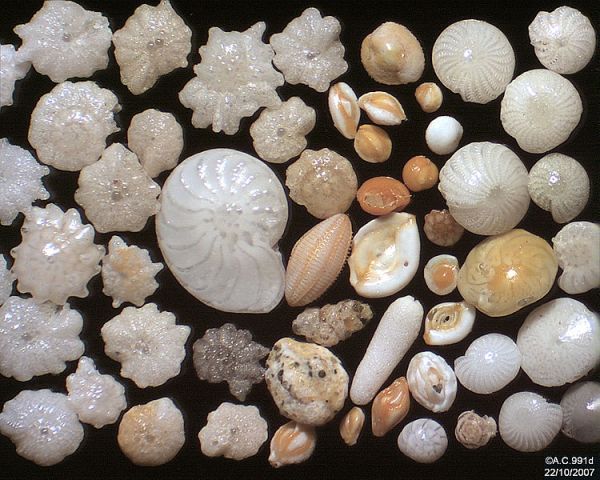
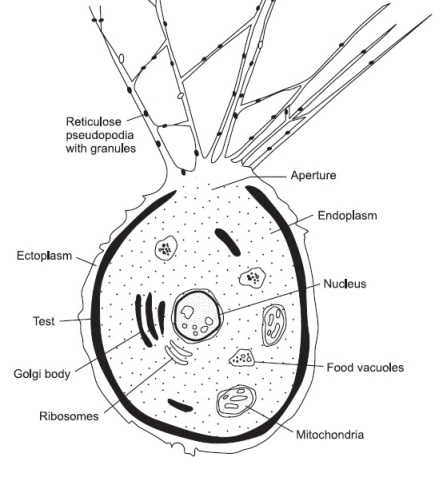

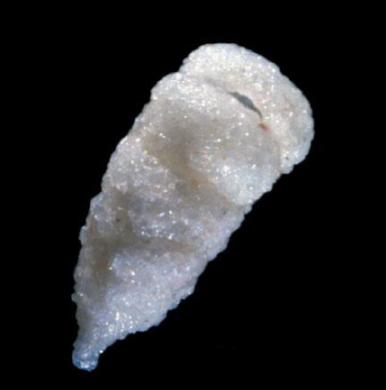
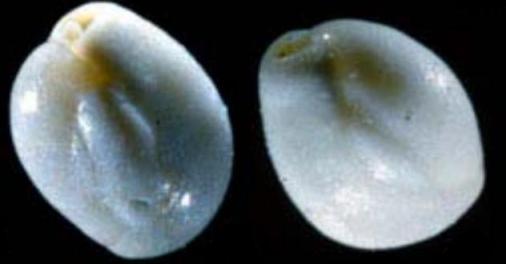
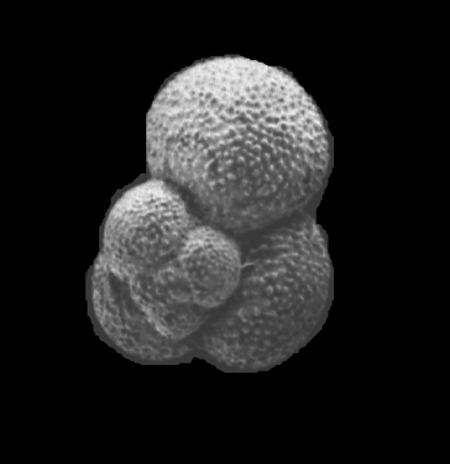

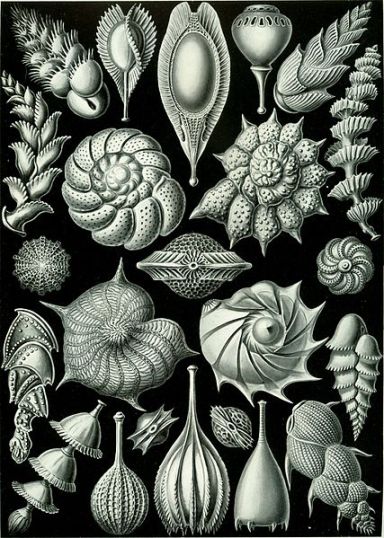
Pingback: To see the world in a grain of sand: Planktonic foraminifera and Evolution. | Letters from Gondwana.
Pingback: The Middle Permian mass extinction. | Letters from Gondwana.
Pingback: Alcide d’Orbigny and the beginning of foraminiferal studies. | Letters from Gondwana.
Pingback: A Tale of Two Exctintions. | Letters from Gondwana.
Pingback: Marine Paleo Animal Fest, Day 3 « paleoaerie
Pingback: Contraddizioni apparenti - Ocasapiens - Blog - Repubblica.it
Pingback: Episode 22 – Micropaleontology – COMMON DESCENT
Pingback: Forgotten women of Paleontology: Esther Richards Applin | Letters from Gondwana.